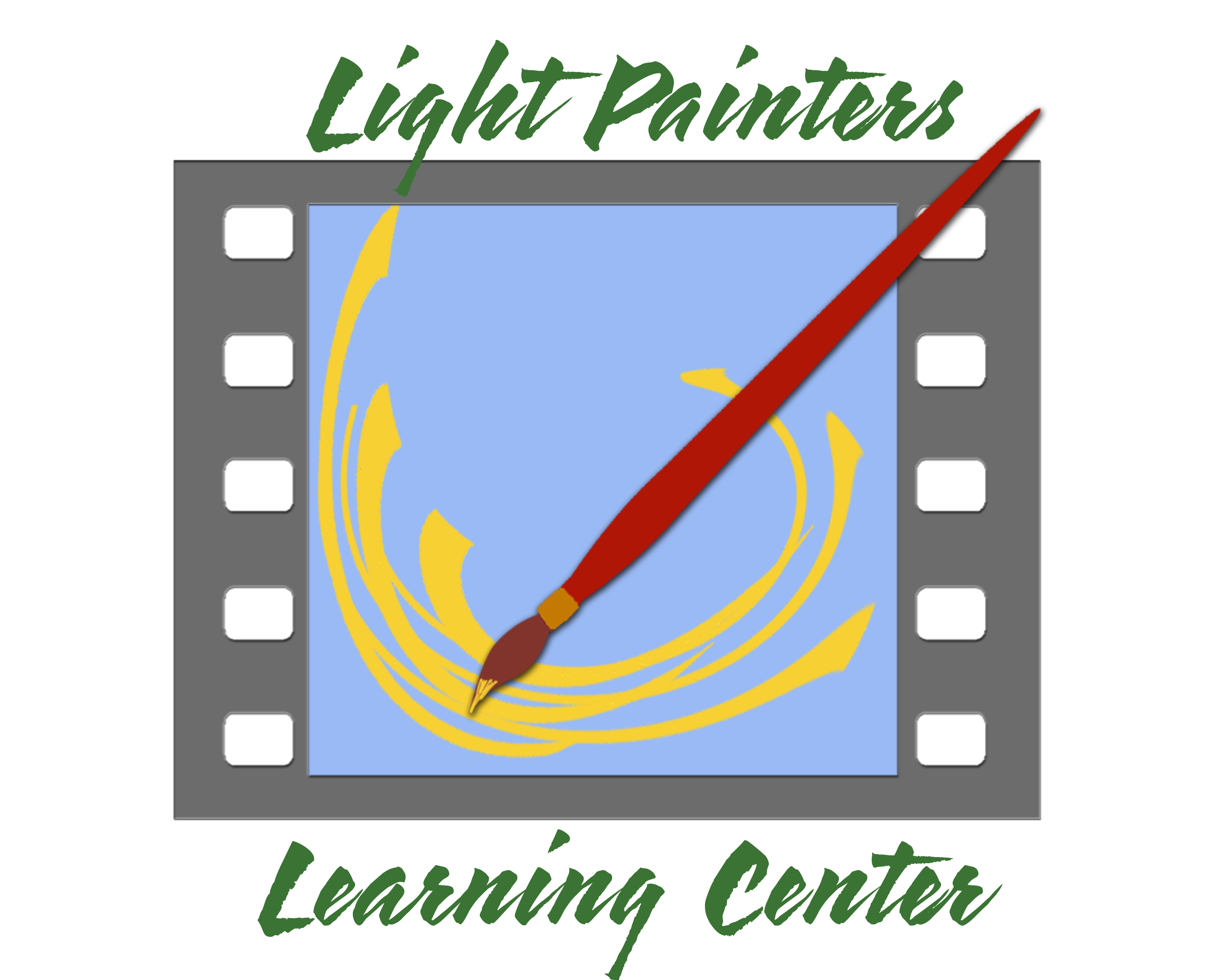The first big leap most photographers with a new D-SLR make is moving their camera settings from full automatic to semi-automatic by turning the dial from Auto to P. This is a giant first step, and if you have done that, I heartily congratulate you! That means that you are now controlling your ISO settings and taking over the decision of when to use the flash. Usually in full automatic, the camera decides the ISO and when to use the flash. Perhaps you have become heady with the new sense of power you now have over your image capture.<grin>
Well, there are still a couple more options in manual assist that you can access, while still keeping the settings in semi-automatic state–Aperture priority mode and Shutter priority mode. These two modes allow you to set your aperture (f/stop) or shutter speed respectively, so you can get reliable, repeatable results. Using these are a great way to understand the relationship between the two settings, and also see how the different settings affect the final image.
You may already know that if you want to control your depth of field, you need to control your aperture (f/stop). A small number (f/2.8) means a large opening, and therefore a shallow depth of field (amount of image in focus-good for portraits). A large number (f/16) means a small opening and therefore a wide depth of field (good for landscapes). So, if you want to make sure that your image always has a shallow depth of field, you would set your camera to Aperture priority (AV or A on the dial), set the the f/stop where you want it -perhaps f/4- and then start shooting. The camera will set the shutter speed where needed to allow proper exposure while keeping the f/stop where YOU set it.
By the same token if you want to control your shutter speed to avoid motions blur or camera shake (or create it for that matter), you would set your camera to Shutter Priority (TV or S on the dial), set the speed you want and then let the camera decide what aperture (f/stop) to use. A great use of shutter priority would be at a soccer game where you want to make sure the players are sharp when you capture the image, but the light changes as you point the camera a different parts of the field.
But be aware of these caveats: The camera can only work within its own thresholds. If you set the shutter speed too fast (high number), you may not be able to open the aperture enough to let in the right amount of light. And if you open the aperture too wide (lots of background blur), your shutter speeds may not go fast enough to compensate for all that extra light on a bright sunny day. The best way to know how your priority modes will behave is to test them. Doing this in a setting where you can control the light is best. I have a mini studio set up in the basement so I can remove all light if necessary. I then set up a still life on the tabletop, set my camera to the first f/stop available and then start shooting. I check each image in the back of the camera (called Chimping for CHeck IMage Preview), and adjust as needed. I will also download the images to the computer and check them closely after the practice session is done. I will also do the same tests outside on a bright sunny day, and on a cloudy day.
So shutterbugs, are you ready to stroll down the path to manual settings? Aperture and Shutter Priority modes are the first stop on your journey. Tell us about your experiences or post in the Cameras Computers Cyberspace Flickr group, and we’ll critique it for you.
Happy shooting!

Recent Comments